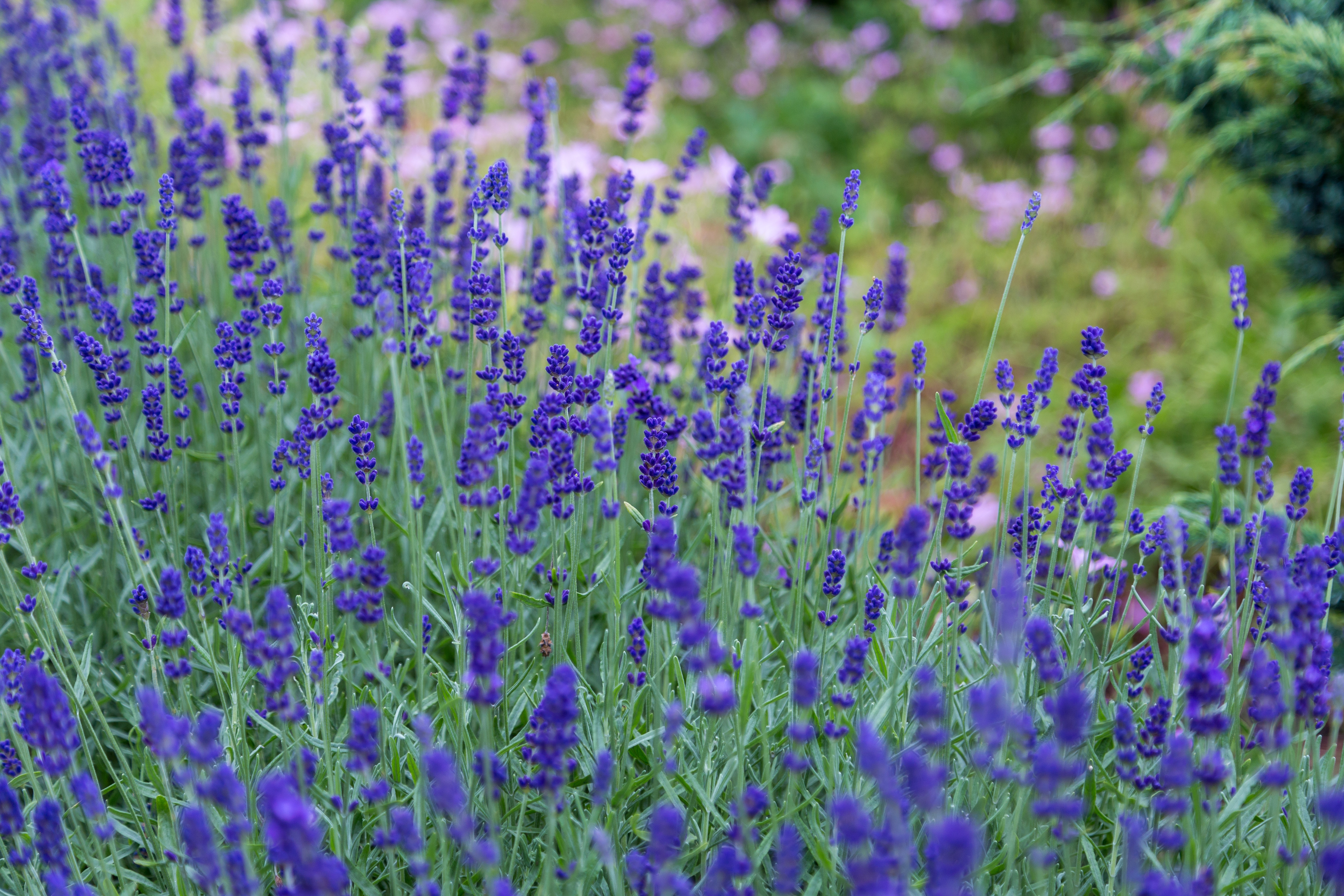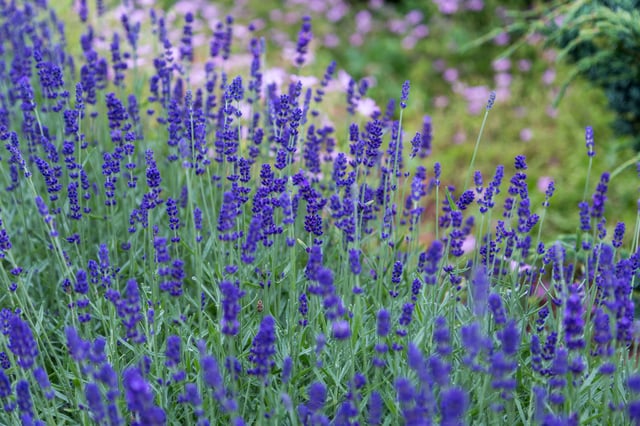Drawdown: Cities Must Mandate Living Roofs to Fight Greenhouse Gas Emissions

Posted by Michelle DiFranco

Green roofs - and other green building components such as green walls - provide a host of benefits: aesthetic improvement, stormwater management, heat island reduction, increased biodiversity, and building cooling. Though not yet ubiquitous, a city building with a landscaped, accessible roof is now considered a desirable amenity that promotes a healthy workplace and provides cost-effective cooling benefits.
Project Drawdown ranks green roofs and cool roofs as #73 in their list of solutions to global warming, with an anticipated 0.77 gigaton reduction in carbon dioxide and $988.46 billion in operational costs by 2050. The Project Drawdown impact statement is as follows:

image via Luke Barnard
In modeling green and cool roofs, we account for regional applications of each technology. If green roofs cover 30 percent of roof space by 2050 and cool roofs cover 60 percent, a total of 407 billion square feet of efficient roofing would be in place globally. Combined, these technologies could reduce carbon dioxide emissions by 0.8 gigatons at a cost of $1.4 trillion, thirty-year savings of $988 billion, and lifetime savings of $3 trillion.
In order to grow green infrastructure and effectively fight greenhouse gas (GHG) emissions, Project Drawdown cites that planning, policy, and construction incentives that prioritize or mandate green or cool roofs are necessary. Some U.S. cities such as San Francisco and Denver have mandate green roofs on certain buildings, while others incentivize the practice and other green initiatives.
Green Roof Mandates Grow In Popularity in the United States
The City of San Francisco implemented the first green roof mandate in the United States in January 2017, now known as “San Francisco Better Roofs.” The legislation is part of the Sustainable City initiative and requires living roofs on most new construction.
Sustainable City, developed by the San Francisco Planning Department, incorporates a sustainable lens into city programs or initiatives addressing land use, housing, development, urban design, focusing on creating policies that prioritize climate protection, energy conservation, air quality, and other key environmental issues.
The Green Building Code now specifies that most new construction designates 15-30% of roof space for either a living roof or solar usage, utilizing an existing state law that requires a portion of roof space be “solar ready” - available with unobstructed sun exposure - but one that does not mandate that the space be fitted with any solar photovoltaic panels or other systems.
San Francisco Better Roofs requires that most new residential and non-residential buildings that apply for building permits after January 1st, 2017 and are not exempt from the requirement provide either solar panel roofs or the code’s living roof alternative. Though San Francisco had a number of green installations prior to passing the legislation, including urban agriculture such as the Stem Kitchen + Garden, the implementation of the Better Roofs mandate will expand the benefits of green roofs across the City.
The Cost-Benefit Study (the Study) conducted by ARUP demonstrates that though there is a larger upfront cost for the installation of a living roof, the cost is “largely offset by the avoided one-time stormwater management equipment costs” and that a “living roof provides net financial benefit to the building owner, while providing significant additional benefit to the tenants, and the broader community.”
The City of Denver implemented an even more robust green roof requirement in November 2017, requiring that all new construction after January 1st, 2018, with a gross floor area greater than 25,000 square feet cover at least 20% of available roof space with greenery, an amount that increases as the building become larger.
The measure was approved by popular vote and has only recently gone into effect, but it remains the country’s most stringent living roof requirement. The combination of solar and green roofing bolster’s Denver’s already robust sustainability efforts as part of the City’s 2020 Sustainability goals.
Proponents of Denver’s initiative used much of the data from San Francisco’s program, including the study by ARUP, to demonstrate the viability of sustainable rooftops and benefits for building owners. By mandating the roofs as part of the construction process, Denver is following the most effective course of action for obtaining carbon emission reduction benefits from living roofs according to Project Drawdown.
The City of Chicago Incorporates Green Roofs, Cool Roofs to Combat Heat Islands
The recently updated City of Chicago Sustainable Development Policy (the Policy) incorporates green roofing as a component. To encourage sustainable and resilient design, the City of Chicago’s revisions include a new points-based system across multiple design disciplines. Points required to comply with the Policy are obtained via a number of different strategies and can include certifications or designations such as meeting the WELL Building Standard or earning Energy Star recognition.
Installing a green roofs on the entirety of the net roof area of a building would qualify development for 20 points according to the Policy, and adding a green roof may also qualify for a Floor Area Ratio bonus under a separate program to incentivize the use of green roofs.
The City has a long history of green roofs. In 2001, the City installed a pioneering green roof on top of City hall planted with a mix of grasses and native prairie plants. Used as a lab to determine if similar roofs could be viable in Chicago, the design received a merit award from the American Society of Landscape Architects. The vegetation reduces rooftop temperature by at least 70 degrees versus the adjacent tar roof and has increased biodiversity in the area. The roof has demonstrated effective stormwater runoff reduction and continues to serve as a laboratory to test plant viability, new rooftop designs, and urban beekeeping.
Cool Roof Technology Reduces GHG Emissions
Chicago has also made strides to combat the urban heat island effect using cool roofs, one of the roof types recommended by Project Drawdown. Cool roofs reflect significant amounts of sunlight through the use of white paint, reflective tiles, or sheet coverings. The treatments reduce energy demands by lowering the indoor temperature of buildings and by extension, also reduce greenhouse gas emissions. When buildings absorb less heat, less energy is needed to cool the interior, and cool roofs also lower the ambient air temperature adjacent to the roof.
Cool roof coatings can replace existing black tar roofs or shingled roofs, depending on the type, and can complement green roofing as well. The City of Chicago has utilized both, and studies have shown that both roof types significantly lower surrounding temperatures. With the vast majority of Chicago’s roofs available for retrofitting, the cost savings and environmental benefits of continuing to use these technologies are many.
Reflective roof treatments are generally cheaper than living roofs and do not require engineering to implement, making them an accessible alternative to traditional black rooftops, and require less maintenance. Although they reduce urban heat islands and the amount of sunlight reflected back into the atmosphere, cool roofs do not provide the air pollution reduction, habitat creation, and runoff control of green roofs.
Though there are US cities that are leaders in adopting environmentally-friendly roofing, there are few that mandate that the technologies or building materials be used. To obtain the benefits from living roofs as calculated by Project Drawdown, there must be a critical mass of both roof types in cities across the world. In order to obtain the most savings and reduce demand on greenhouse gas-producing emissions, more cities will need to adopt green and cool roofs incentives and mandates, creating an impetus for a wide-ranging shift in building practices.
This blog post is part of Burnham Nationwide’s Drawdown Series.





